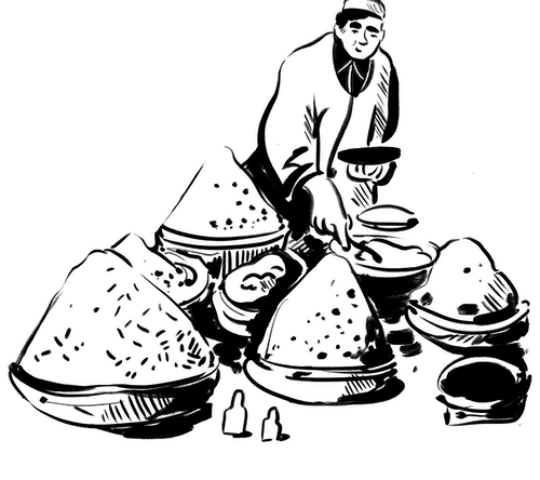Remote island adventure in the Juan Fernández archipelago
Sat in the middle of the South Pacific, some 670km (416 miles) west of the Chilean mainland, Robinson Crusoe is one of three islands that form the remote Juan Fernández Archipelago.
It was first discovered in 1574 by Juan Fernández, a Spanish sea captain and explorer, with no evidence of an earlier exploration either by Polynesians, despite the relative proximity to Easter Island, or by Native Americans.
Robinson Crusoe Island, formerly known as Más A Tierra, became famous as the place where Scottish sailor Alexander Selcraig was marooned, spending four years surviving in isolation before being rescued, a story that would go on to inspire writer Daniel Defoe’s fictional character Robinson Crusoe.
Today the archipelago is home to around 900 people, almost all of which live on Robinson Crusoe in the town of San Juan Bautista. You’ll also find a handful of endemic flora and fauna, such as the Juan Fernández firecrown, a large hummingbird thought to number only about 500 individuals, two unique species of petrel and the Juan-Fernandez spiny lobster, while also being important breeding grounds for Magellanic penguins and fur seals.
The island is visited by just a handful of adventurous tourists and is a place for those seeking to go truly off-grid. There some dramatic hiking trails to be climbed, sustainable fishing, swimming and snorkelling. Diving on the wreck of a WW1 German warship scuttled in the bay area is a must for those that can.
The Jacada Difference
Seamless organisation, every step of the way
Journeys as meaningful as they are memorable
Remarkable stays, handpicked by our experts
Why book with Jacada?

Personalised design
We’ll plan your trip around your specific interests, tastes and preferences, providing helpful tips and honest advice based on first-hand knowledge of the destination.

Authentic experiences
Our expert guides and brilliant travel concierges are hand-picked to provide a genuine experience, bringing your destination to life with care and passion.

Responsible travel
Our luxury trips are designed with responsible travel principles that prioritise travel experiences that are both good for you and good for the planet.
Meet your Latin America team
Plan your trip to Robinson Crusoe Island
Whatever you want from your adventure in Robinson Crusoe Island, our team of expert travel designers are ready to help.


Plan with peace of mind
When you book a trip in today’s world there’s a lot to think about. But with the right advice and expert planning, you can do it with confidence.
If you book to travel with us but your plans are impacted by circumstances you can’t control, we’ll change your reservation or cancel your booking for a full credit towards future travel.


















